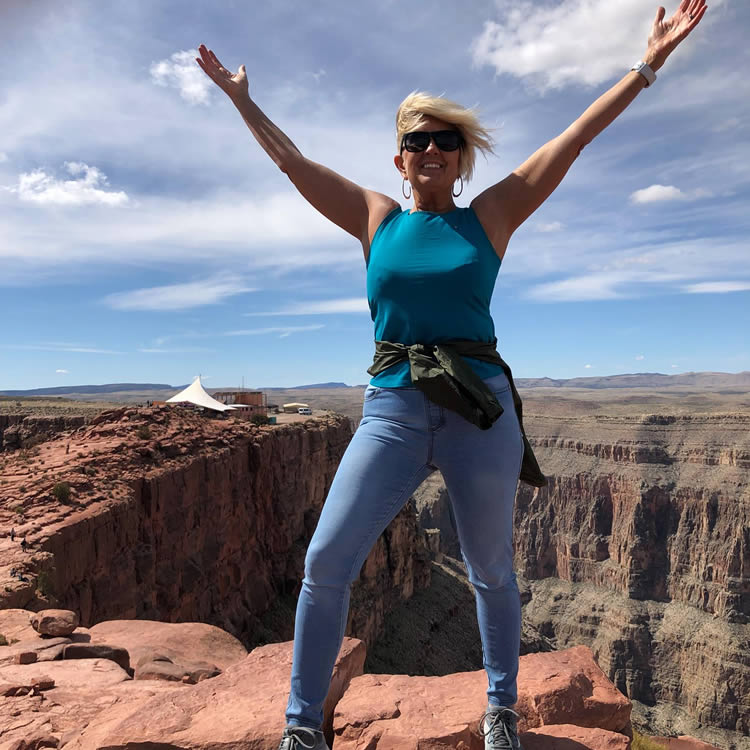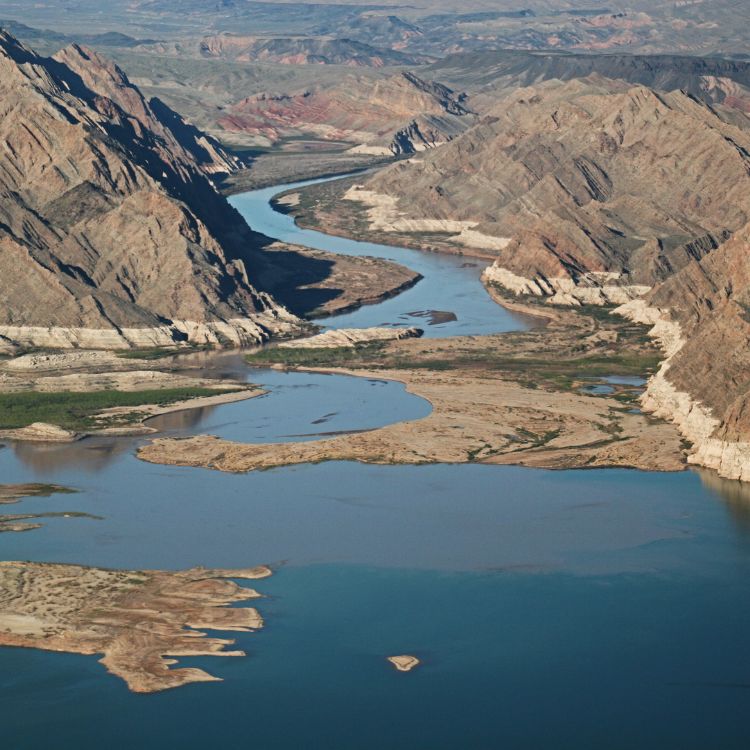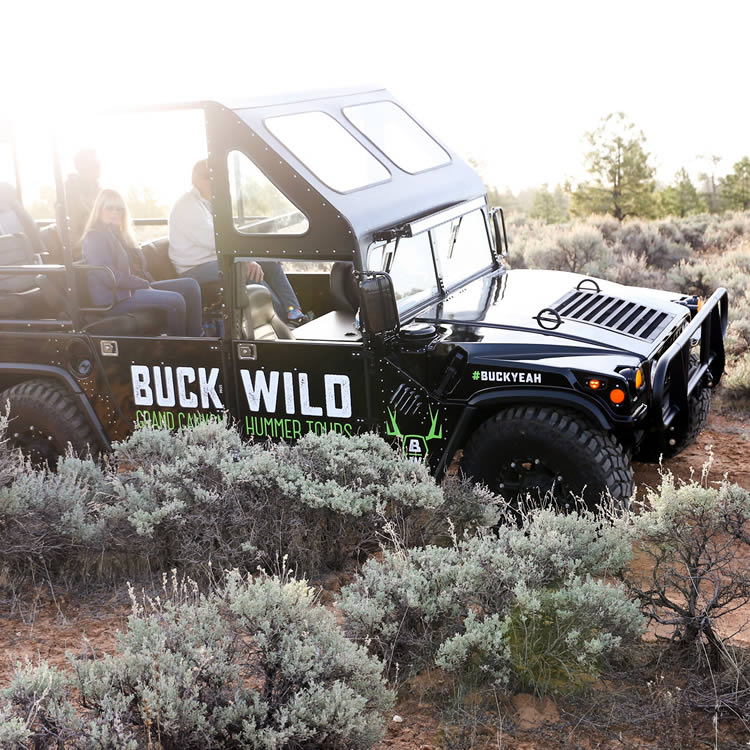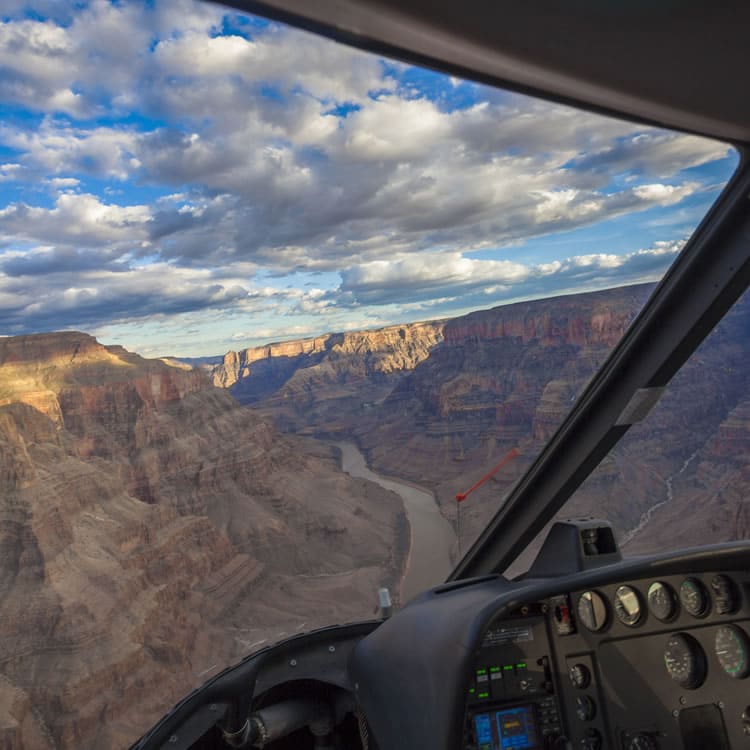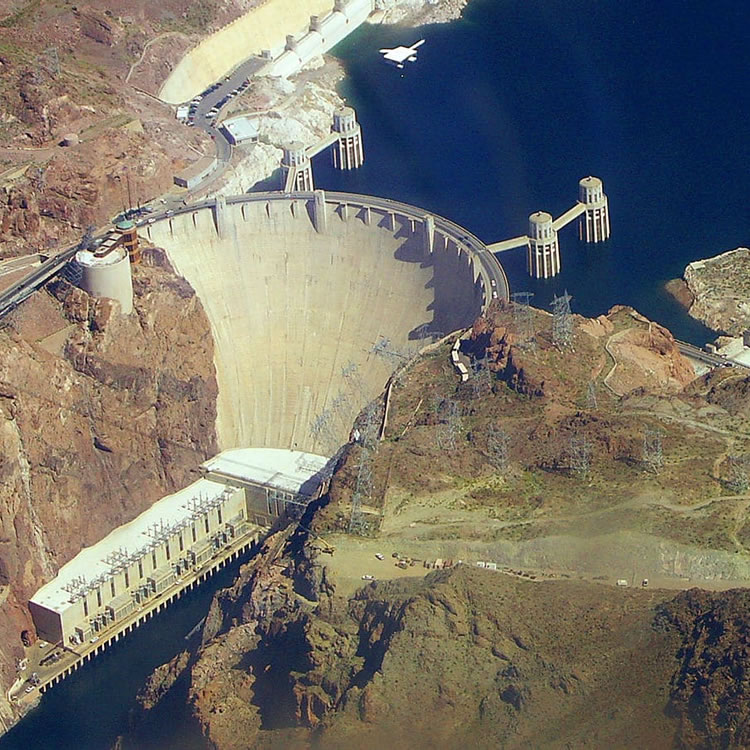8 Things You Didn’t Know About the Grand Canyon
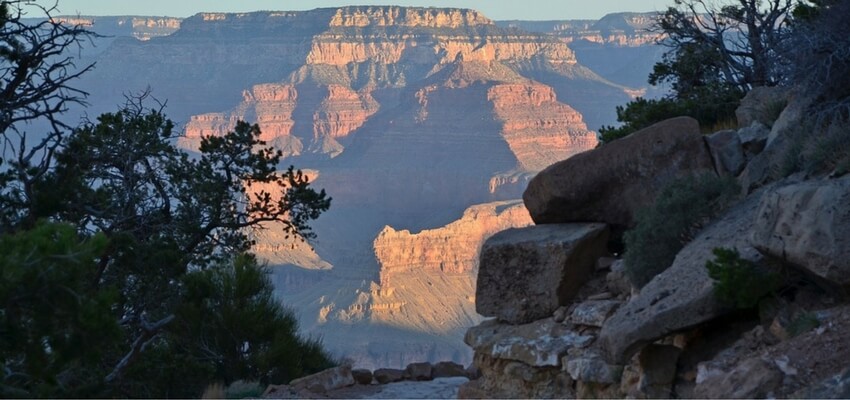
The Grand Canyon has been explored and studied by scientists in every discipline and written about in countless publications.
Think you know everything there is to know about the Grand Canyon? Don’t be so sure – the Grand Canyon still has a few secrets hidden deep inside its many layers and sub-canyons.
Here are 8 facts you probably didn’t know about the Grand Canyon:
1. If you poured all the river water on Earth into the Grand Canyon, it would only be about half full
Encompassing an estimated 1,218.37 acres (1,904 square miles), the Canyon is capable of holding 1 – 2 quadrillion gallons of water. Really. If you poured all the river water on Earth into the Grand Canyon, it would still only be about half full. It’s so big that you could fit the entire population of the planet inside of it and still have room!
2. It’s not actually the world's widest or deepest canyon
The Grand Canyon may be grand, but it is not the widest or deepest canyon in the universe, or even on Earth. Pluto’s moon Charon contains possibly the largest cliffs in the solar system, estimated to be more than 5 times deeper than the Grand Canyon!
Back on Earth, the Grand Canyon is an impressive 6,093 feet deep and spans 18 miles (29 km) at its widest point. This may seem unsurpassably vast, but it’s narrowly edged out of first place by Capertee Valley in Australia by only 0.62 miles (1 km). There is some debate over which canyon is the deepest. Geographers have narrowed it down to two options:
- The Yarlung Tsangpo Grand Canyon in Tibet measures in at 17,567 feet deep, and is 30 miles longer.
- The Kali Gandaki Gorge in Nepal, which has a reported altitude difference of 21,000 feet between the river and peaks surrounding it.
The Grand Canyon may not be the biggest canyon, but it’s still our favorite! Check out our most popular tours.
Grand Canyon West Rim Bus Tour with Optional Skywalk & Free Wi-Fi
$85.00 – $150.00Grand Canyon South Rim Bus Tour with Lunch & Free Wi-Fi
$85.00Grand Canyon Exclusive Floor Landing Helicopter Tour
$499.00 – $589.00Grand Canyon Helicopter Tour
$399.00 – $449.00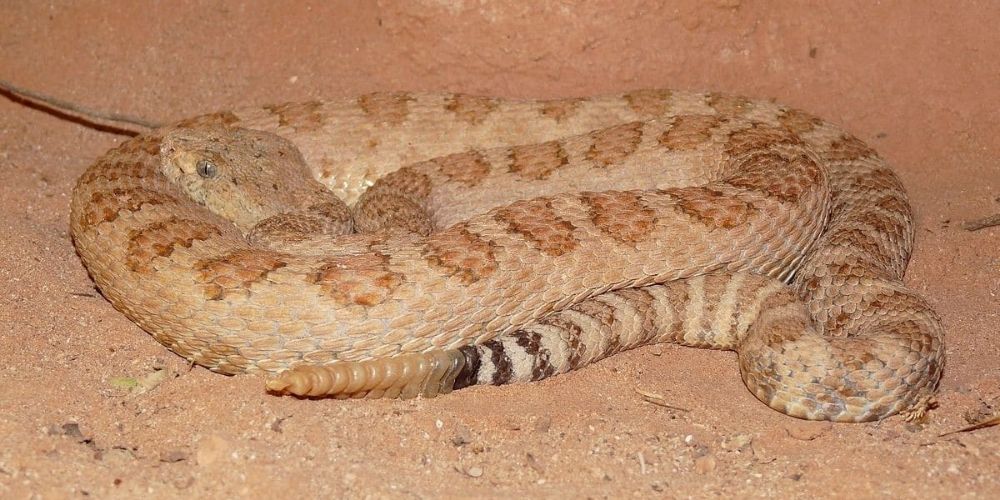
3. It has pink rattlesnakes
Known as the Grand Canyon Pink Rattlesnake or Canyon Bleached Rattlesnake, these sneaky Canyon-dwellers blend in with the pink hue of the canyon rocks and can’t be found anywhere else in the world.
If you encounter a rattlesnake during your visit, remember to stay calm and give them space. Rattlesnakes will give you a warning rattle if you get too close and they will only strike if they feel threatened or trapped. Most snakebites occur when people try to handle them, so if you give them distance and don’t harass them, they will often slither off silently.
The National Park Service asks that visitors keep themselves and the wildlife safe by not approaching, feeding, handling, capturing, or harassing animals in the Grand Canyon. Learn more about keeping wildlife wild.
4. One of the steam engines that operates on the Grand Canyon Railway runs on vegetable oil
The French Fry Express, so called because of the smell its fuel generates, is a 1923 Baldwin Locomotive Works engine that was converted to run on recycled waste vegetable oil. The oil is collected from restaurants near the South Rim.
Learn more about the Grand Canyon Railway.
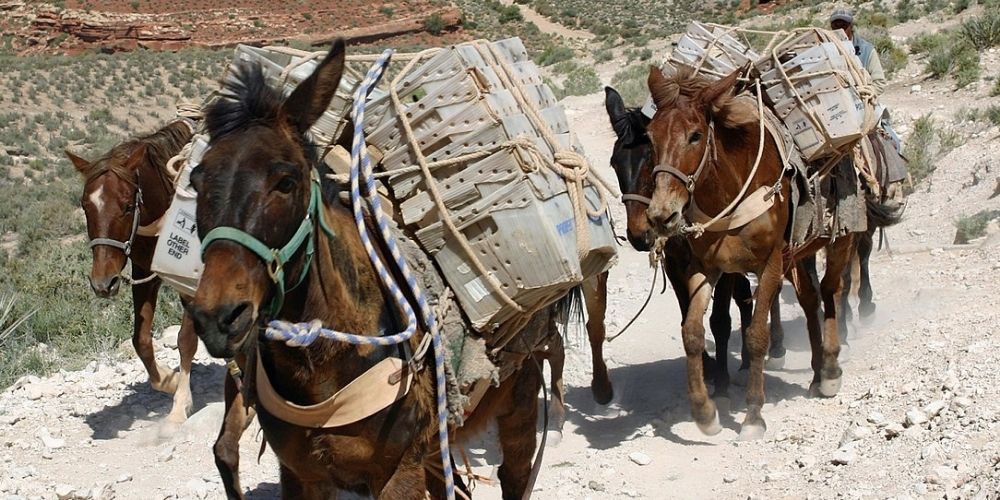
5. It’s the only place in North America where mail is still delivered by mule
Deliveries are made by mule both to and from Supai Village and Phantom Ranch inside the Grand Canyon. Since these areas are not accessible by road, mules are one of the only forms of delivery available to those who reside there. The strong winds, unpredictable weather, and sometimes treacherous terrain of the Grand Canyon make other forms of delivery, such as helicopter or boat, unreliable and dangerous.
In addition to letters, the mule trains carry things like food, supplies, and furniture. In fact, so much food is delivered to Supai Village through the mail that the post office in Peach Springs, Arizona where the deliveries are picked up has a walk-in freezer!
6. It contains lots of fossils, but no dinosaurs
The Grand Canyon is full of fossils. Archeologists have discovered everything from marine creatures like stromatolites and trilobites to ancient plants and insects. They’ve even found the fossil of a dragonfly with an 18 inch wingspan! Some Canyon rocks contain 1 billion years of fossil life, so why no dinosaurs? The Canyon wasn’t carved until after they died out, so it’s unlikely that they even would have seen it.
It is illegal to dig up, relocate, and/or remove fossils from Grand Canyon National Park. Learn more.
7. It's haunted
A ghost known as the Wailing or Wandering Woman can sometimes be seen on the North Rim. The Wailing Woman is said to be a woman who committed suicide in the 1920s in a lodge on the North Rim after her husband and son were killed in a hiking accident. Keep your eyes open for a veiled figure wandering the Transept Trail, reported to wear a white robe with flowers on it.
Others tell stories of the ghost of John Wesley Powell, an early explorer who travelled through the Grand Canyon by boat, wandering the canyon at night.
8. You can experience almost all of the different climates in North America
Thanks to its dramatic changes in elevation, the Grand Canyon contains multiple microclimates, as well as pockets of undisturbed, rare ecosystems. Visitors can experience five of the seven life zones (Lower Sonoran, Upper Sonoran, Transition, Canadian, and Hudsonian) and three of the four desert types known to North America just by travelling through the Grand Canyon. This means that the weather can be drastically different in different areas of the Canyon. A mere 8 miles separates the coldest, rainiest ranger station (Bright Angel) from the hottest and one of the driest (Phantom Ranch) – you could be bundled up on the North Rim looking down on people hiking in shorts!
Explore the Secrets of the Grand Canyon
With its rich geological history still being debated and explored, who knows how many more secrets the Grand Canyon has to share? Visit the Grand Canyon and uncover its secrets for yourself on one of our guided tours.


